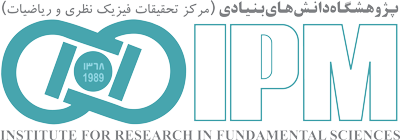“School of Particles And Accelerator”
Back to Papers HomeBack to Papers of School of Particles And Accelerator
| Paper IPM / Particles And Accelerator / 18292 |
|
||||||||||||
| Abstract: | |||||||||||||
|
Finding a quantum battery model that demonstrates a quantum advantage while remaining feasible for experimental production is a considerable challenge. Here, a superconducting quantum battery (SQB) model that exhibits such an advantage is introduced. The model consists of two coupled superconducting qubits that interact during the unitary charging process while remaining in equilibrium with a thermal reservoir. First, the model is described, evidence of the quantum advantage is provided, and then the fabrication process of the battery is discussed using superconducting qubits. Analytical expressions for the ergotropy, instantaneous power, and capacity of the SQB, as well as their connection to quantum coherence are derived. It is demonstrated that leveraging the collective effects of Josephson energies and the coupling energy between qubits allows for optimization, resulting in improved energy redistribution and a significant enhancement in charging efficiency. This work highlights the complexities of tuning system parameters, which increase the potential for work extraction from the SQB, providing a deeper understanding of the charging mechanisms involved. These findings can be applied to superconducting quantum circuit battery architectures, underscoring the feasibility of efficient energy storage in these systems. These results pave the way for proposals of new superconducting devices, emphasizing their potential for efficient energy storage.
Download TeX format |
|||||||||||||
| back to top | |||||||||||||



















